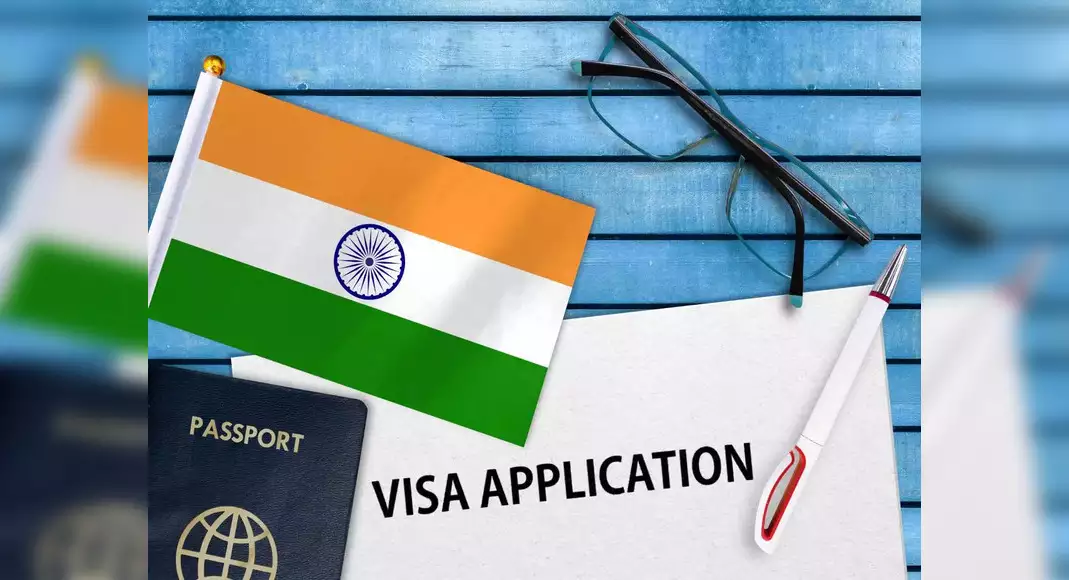Recently, stricter Indian visa requirements have been put into place. If you’re planning on traveling to India anytime soon, it’s important to be aware of these changes and know exactly what you need to do in order to secure a visa. In this article, we’ll outline all the relevant information so that you can make an informed decision about whether or not to travel to India. Indian eVisa Airports
Indian eVisa Airports
Indian airports are served by a variety of international airlines. The most popular ones include Air India, Jet Airways, and Kingfisher Airlines. If you’re flying into an airport not listed here, please check the airline’s website for information on visa requirements.
The following is a list of Indian airports and the corresponding visa requirements:
Airport Visa Requirements Bangalore
Bangalore International Airport (BLR) E-Visa Required
Hyderabad
Kannur International Airport (CAN) E-Visa Required
Kolkata
Netaji Subhash Chandra Bose International Airport (CCU) E-Visa Required
Thiruvananthapuram
Trivandrum International Airport (TRV) E-Visa Not Required Indian Visa requirements
Indian Visa Requirements
The Indian visa requirements for tourism vary depending on the type of visa you are applying for. Most importantly, Know The Difference Between A Tourist Visa And An E-Visa!
Tourist Visa: These visas are for people who are visiting India for tourism purposes only and are not intending to work or reside in India. To apply for a tourist visa, applicants must submit an application letter, passport photo, and other required paperwork to the Indian embassy or consulate they plan to visit. Tourist visas generally valid for up to 6 months and can be extended once during your stay in India.
E-Visa: An electronic visa is a type of visa that allows you to travel to India without having to go through the traditional visa application process. You will need to have an e-visa application form completed and uploaded onto the government website (www.immionline.gov.in) along with your passport photo, signature, and other required information. E-visas generally have a validity of 3 months and can be extended once during your stay in India.
How to apply for an Indian eVisa
If you are planning to visit India for tourism or business purposes, you may be eligible for an Indian eVisa. There are several requirements that you must meet in order to apply for an eVisa. You must be a citizen of a country that is eligible to obtain an Indian visa. Additionally, you must have a return or onward ticket and sufficient funds to cover your stay in India. In addition, you will need to provide documentation that shows that you have the means and reason to travel to India. Finally, you will need to provide valid identification documents such as a passport or driver’s license. The application process for an Indian eVisa can be complicated, so it is important to familiarize yourself with all of the requirements before applying.
How to get an Indian visa in advance
If you are planning to travel to India anytime in the next few months, it is important that you know the visa requirements in advance. There are multiple types of visas that you may need and each has its own specific requirements. This guide will outline all of the different types of visas that you may need and teach you how to get them in advance.
The first step is to determine if you require a tourist visa or an e-visa. A tourist visa is good for short-term visits of up to six months and can be obtained on arrival at any Indian port of entry. An e-visa is a type of visa that allows for electronic application through an online portal and can be used for visits up to 60 days. If you are planning a longer stay in India, then you will likely need a different type of visa.
Next, check if you require a visa from India’s home country (or any other country) before applying for your Indian visa. Most people do not require a separate visa from their home country, but it is always worth checking because some countries have more stringent requirements than others. If you do require a home country visa, there are several ways to get one: apply through your passport office when travelling abroad;
What to bring with you on your trip to India
If you’re planning a trip to India, there are a few things you’ll need to bring with you. The most important thing is your passport. You’ll also want to bring your visa application form, travel insurance, and any other required documentation. Make sure you have all of this information handy before you go so that everything can go smoothly when you arrive in India.
To avoid any hassles when arriving in India, make sure you arrive on time and have all of your documentation ready. Indian immigration officials are strict about following the rules, so make sure everything is in order before coming to the country. If there are any questions or problems along the way, don’t hesitate to contact your travel agent or consulate for help.
Conclusion
If you are planning to travel to India and want to apply for an e-Visa, there is a lot of information you need to know. In this article, we have outlined all the requirements that you need to meet in order to apply for an e-Visa online. We have also included a step-by-step guide on how to apply for an e-Visa online, so be sure to read it before you start applying!
